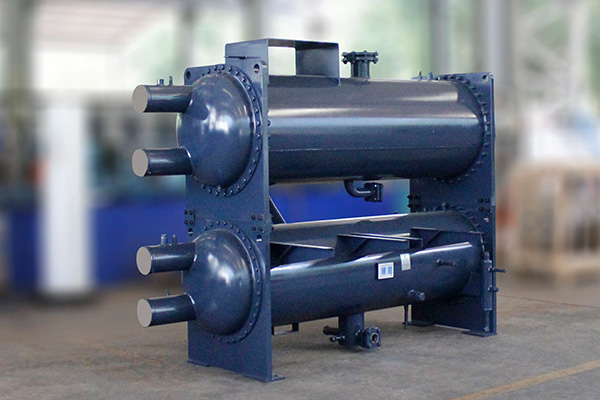In the HVAC and refrigeration industry, magnetic levitation flooded-type heat exchanger units are emerging as a promising solution. One of the most important aspects of these units is their Coefficient of Performance (COP), a key indicator of energy efficiency.
How to design a water chiller system with AHU for pharmaceutical factory workshop | Hstarschiller.com
Nowadays, it’s become more and more aware of pharmaceutical enterprises to realize the significance of building an efficient and green to environment cooling system in the factory, because it can not only help the owner to save the running cost but also contribute to the society by reducing the emissions, especially for those developed countries . But how to design a simple but energy saving cooling system with clean workshop? Below we are going to give you a real case for your reference to help you understand well, especially for those are quite new to the water chiller system field. Firstly,this project has been done by H.Stars Group ,including the system design,equipment manufacturing and installation etc. Below is the detailed project overview to help you understand the owner’s requirement . Project address: one of the pharmaceutical factories located in China Project desire: Requesting a constant temperature with humidity for oral solid preparation workshop Proje...

评论
发表评论